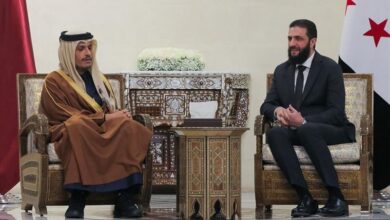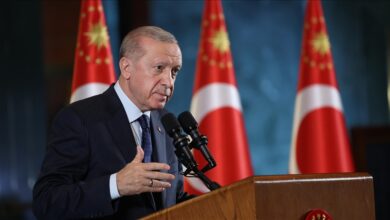
The BMC Medical Journal conducted a study in which it clarified that the value of health aid is 2% out of the total aid in Syria, compared to 22% for the joint average of fragile countries.
According to the journal’s study, the value of humanitarian aid in Syria is 50 times the value of health aid.
The study pointed out that the donors largely prefer to focus their investments in the humanitarian sector rather than the health sector.
The study made it clear the difficulty of suggesting the use of health aid as effective proofs as it does not represent domestic needs and priorities.
The study emphasized the need for donors to increase the focus on health development aid in Syria due to its shortages in the region.
The study referred to adopting the relationship between humanity and development to improve aid effectiveness in align with the rising health needs of local communities.
The World Food Program (WFP) announced, in a joint statement with Ataa Humanitarian Relief Association, the delay in providing aid baskets to the needy in Syria, due to a lack of funding, starting from July until the end of 2023.
The statement said that the WFP is facing difficulties in obtaining the necessary funding in Syria and other countries, pointing to the difficulty of keeping the levels and quantities of aid provided to the most vulnerable groups.
With rising prices in Syria, the living conditions are getting more difficult for Syrians in all Syria regions.




